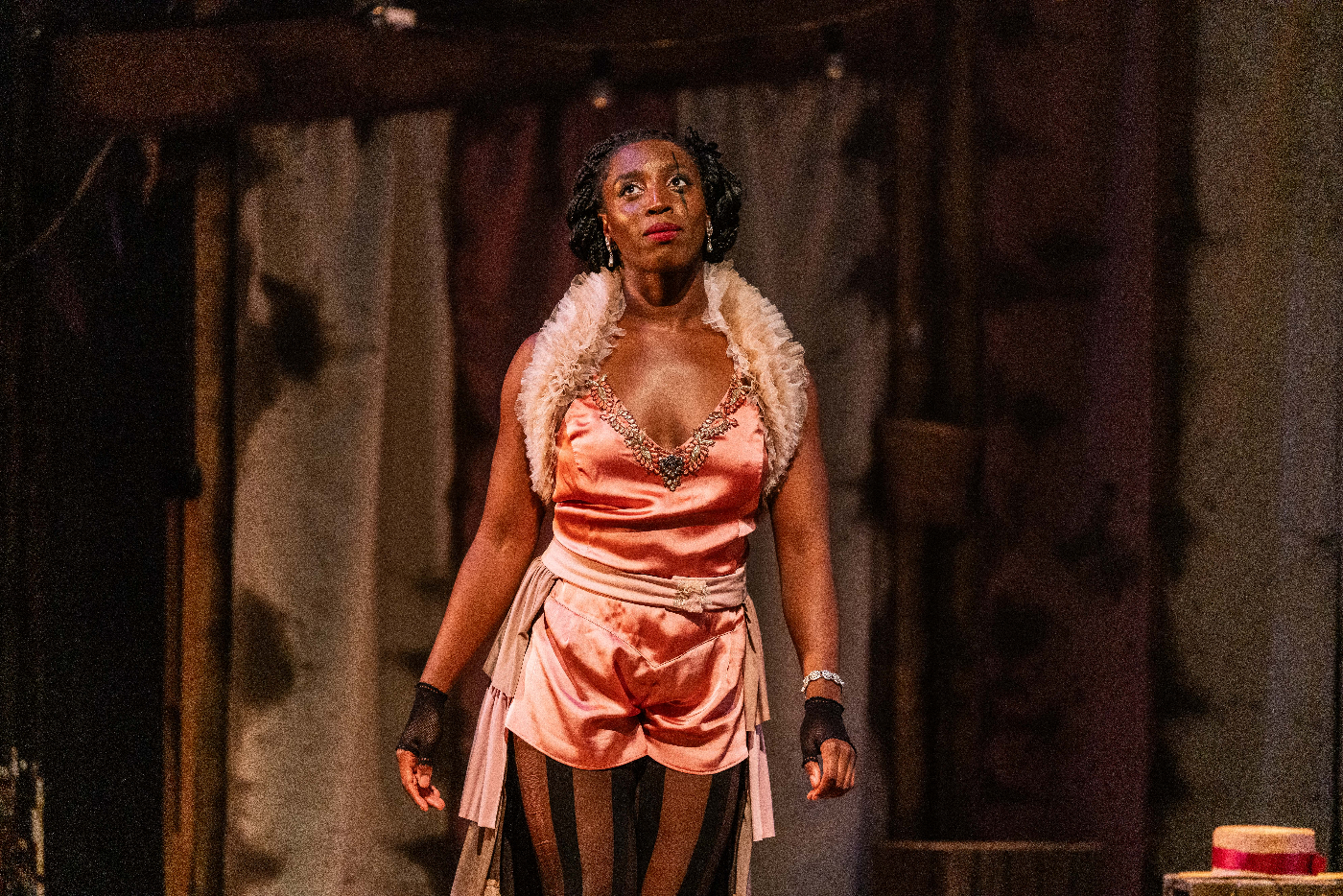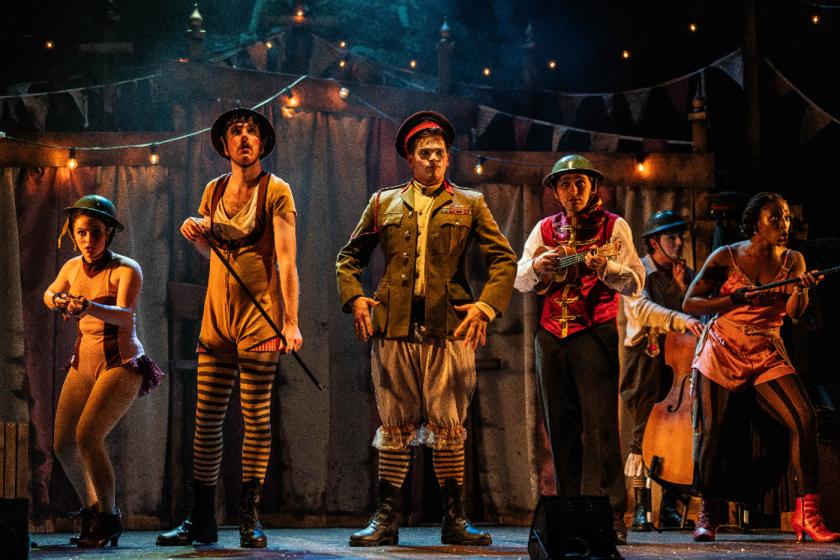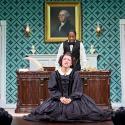In Annus Mirabilis, Philip Larkin wrote,
"So life was never better than
In nineteen sixty-three
(Though just too late for me) –
Between the end of the "Chatterley" ban
And the Beatles' first LP."
That might be the only point on which he and Joan Littlewood, a fellow poet, might agree, because she caught the zeitgeist and was doing iconoclastic work of her own in Stratford (emphatically not "upon Avon") with her revolutionary musical Oh What A Lovely War. Though it feels now to be something of an artefact in theatre’s archaeology, it has not lost its sting nor its unflinching satirical glare – alas, war is forever topical.
 But there it is, before our very eyes. We see in real time the genesis of the devising technique used ever more frequently these days. We understand how radically challenging it must have been for establishment theatre to be confronted with the concept of a play as a living and breathing thing, night after night, energised by the oxygen of improvisation, no longer some reified text on paper to be honoured or censored. Most clearly of all, we identify the antecedent of much of Monty Python and the beloved Blackadder Goes Forth, and we also discern, looking the other way, the influence of The Goon Show and even Gilbert and Sullivan.
But there it is, before our very eyes. We see in real time the genesis of the devising technique used ever more frequently these days. We understand how radically challenging it must have been for establishment theatre to be confronted with the concept of a play as a living and breathing thing, night after night, energised by the oxygen of improvisation, no longer some reified text on paper to be honoured or censored. Most clearly of all, we identify the antecedent of much of Monty Python and the beloved Blackadder Goes Forth, and we also discern, looking the other way, the influence of The Goon Show and even Gilbert and Sullivan.
But Joan would be disappointed with a tribute like that – she was an entertainer, a woman from the dark rookeries of the East End who made shows that her people, in the process of being decanted from those hellish tenements thanks to the efforts of the Luftwaffe and town planners, would enjoy travelling in from their brave new world of tower block estates. This new touring production from Blackeyed Theatre never forgets that insistence on accessible entertainment.
Wearing traditional pierrot make-up to underline the artifice for audiences possibly as sensitive today as 60 years ago to war being co-opted for comic purposes (albeit for different reasons), the cast break the fourth wall before the show has begun. Victoria Spearing’s set and Naomi Gibbs’ costumes suggest a makeshift circus somewhere close to the Western Front, perhaps put up my officers to bolster the ranks’ morale or by the poor bloody infantry themselves to break the appalling calculus of conflict (war sometimes described as 99% boredom and 1% sheer terror).
The ensemble cast play a range of roles, often Tommies, sometimes allies, sometimes enemies, but there’s room for Euan Wilson to skewer Field Marshall Sir Douglas Haig’s callous disregard for life and for Christopher Arkeston to jolly us along as ringmaster in our houses of horrors. Like fellow actor-musicians, Tom Crabtree, Harry Curley, Alice E Mayer and Chioma Uma (pictured above), they cycle through a dizzying array of instruments that support the songs that drive the show forwards.
For anyone about the same age as the show (full disclosure, I am) the melodies are as embedded in our psyches as "Yellow Submarine" – a song that owes something to John Lennon’s view of war as an absurd comedy too. Folk songs, hymns and the popular ditties adopted by the soldiers themselves are repurposed, sometimes with alternative lyrics to capture the innocence so poignantly punctured in the charnel houses of Picardy and Flanders.
The best are the best known – a beautiful rendition of "Heilige Nacht" to herald 1914’s famous Christmas Truce and a heartbreaking "Keep The Home Fires Burning", 21 year-old Ivor Novello finding a mood that speaks as strongly to the public today as it did in 1914.
There’s a bit too much chat and a bit too much period-piece stereotyping, but the main flaw in the show is, and it pains me to write this as the cast are so skilled, its most crucial element – the singing. Sure it’s a tough job description to multi-task as the cast must, but the Watermill Theatre has a long record of working with actor-musicians and the singing there is more precise, more focused and, consequently, more powerful to mine the emotions that underpin the anger bubbling beneath the comic facade. And we really need to hear the lyrics, as the pathos and satire reside there rather than in the somewhat lame dialogue that drags a little too much in the second half.
Nobody with an interest in how theatremakers make theatre in the 21st century should miss this show. Perhaps others should accept that it has its ups and downs and enjoy the best of it. And we should all reflect on the grim casualty counts, displayed to audible gasps around me, as a contextualising backdrop for many scenes.
Over a century on, the "War To End All Wars" did not. As Joan might suggest, maybe we need to give working class women like her a go – they can hardly make more of a mess of it than the public school Oxbridge types like Haig, who are still in charge of government (and theatre) today.















Add comment